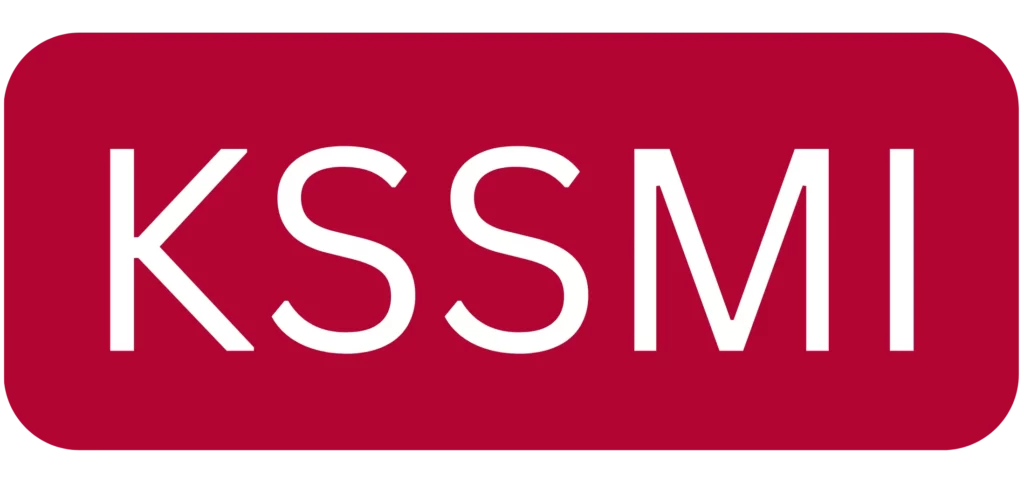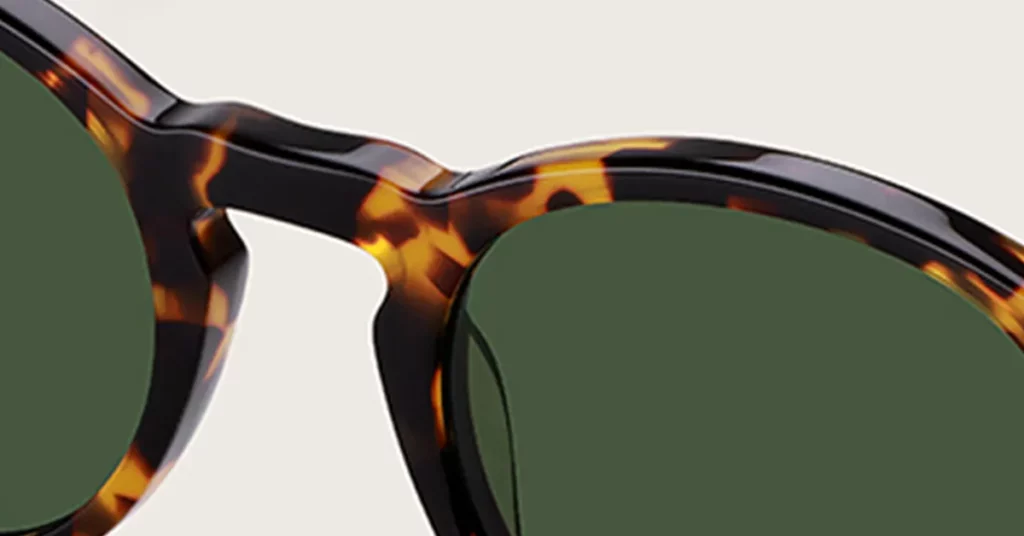Acetate eyewear patterns are distinct visual languages that communicate specific messages. Tortoiseshell offers a classic, intellectual appeal with its high-contrast, mottled look. In contrast, Havana provides sophisticated, understated luxury through its softer, two-toned palette. Your choice directly influences customer perception and your brand’s position in the market.
Tortoiseshell vs. Havana: The Briefing
Your selection process begins with a clear understanding of the fundamental distinctions between these iconic acetate designs. Each pattern communicates different brand values and appeals to a very specific customer. Making the right choice requires moving from personal taste to strategic analysis.
Key Differences at a Glance
To make a confident choice, you need to compare these two patterns across the same set of criteria. This table breaks down their core visual and strategic differences, giving you a clear framework for your decision.
| Feature | Classic Tortoiseshell | Havana |
| Color Palette | Multi-tonal (amber, honey, brown, black) | Two-tonal (dark brown, warm honey) |
| Pattern Contrast | High-contrast with bold, defined speckles | Low-contrast with a soft, harmonious blend |
| Historical Vibe | Intellectual, academic, and creative | Sophisticated, relaxed, and modern |
| Core Brand Message | Warmth, authenticity, and heritage | Understated luxury and professionalism |
The Bottom Line: High-contrast patterns like classic tortoiseshell are perfect for brands wanting to make a bold, creative statement. The softer, low-contrast blend of Havana is the superior choice for brands that need to communicate sophistication and refined elegance.
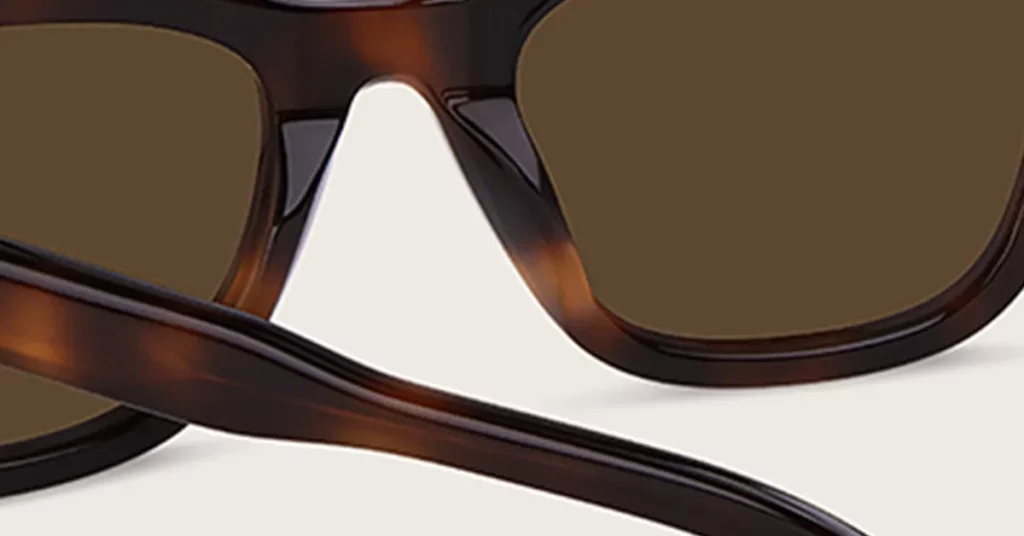
Deconstructing the Classics: Core Patterns
Understanding each pattern’s unique DNA empowers you to make strategic decisions that align with your brand’s core identity. These are not just designs; they are visual languages that speak directly to your target customers’ aspirations.
The Scholar: Classic Tortoiseshell
Classic tortoiseshell is the foundation of premium eyewear, representing a timeless intellectual appeal. This pattern has evolved to become the most recognizable and respected acetate design in the entire industry.
- Visual ID: It is a mottled, high-contrast, and speckled pattern. This means the design has distinct spots and irregular shapes, ensuring no two frames ever look identical. Think of it like a natural stone, where the inherent variations create unique character and depth.
- Color Palette: It features a rich blend of yellow, honey, amber, and deep brown. These warm colors work together to create a feeling of depth and luminosity. Premium brands often specify “dark chocolate tortoiseshell” to achieve a more serious, academic brand positioning.
- Historical Connotation: This pattern is deeply connected to intellectual, creative, and classic style. This history gives your brand instant equity, associating it with scholars, writers, and artists who value both function and sophisticated design.
- Brand Archetype Fit: It aligns perfectly with The Creator, The Sage, and The Everyman. These brands benefit from its ties to artistic expression, scholarly pursuits, and an authentic, approachable warmth that welcomes customers.
- Strategic Use: This pattern is ideal for heritage brands or literary-inspired collections. It reinforces established credibility and timeless appeal, suggesting decades of refined taste and proven quality.
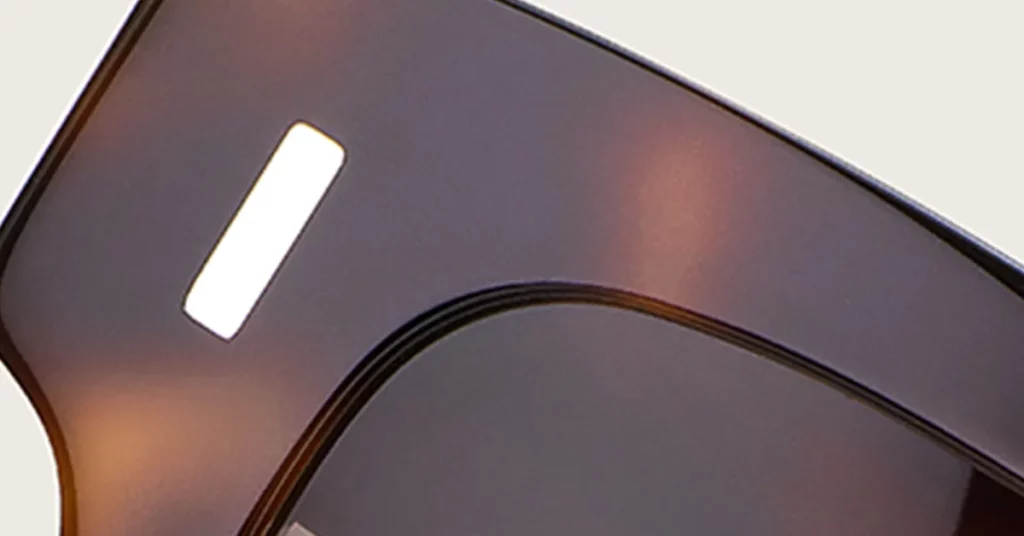
The Connoisseur: Havana
Havana is the sophisticated evolution of tortoiseshell, offering refined elegance through restraint rather than boldness. This pattern appeals to customers who appreciate subtle luxury over obvious statements.
- Visual ID: It is a softer, more uniform blend of colors. The pattern flows smoothly across the surface without the dramatic spotting seen in tortoiseshell. Simple Analogy: Think of Havana as tortoiseshell’s sophisticated cousin—related, but more refined and suited for professional settings.
- Color Palette: The palette is warmer and dominated by dark brown and rich honey. This restrained approach creates depth through subtle gradation instead of high contrast, producing a sophisticated ombré effect.
- Historical Connotation: Havana embodies a luxurious and confidently modern feeling. It communicates a relaxed, nonchalant vibe that feels timeless, appealing to customers who want to project quiet competence.
- Brand Archetype Fit: This pattern suits The Ruler, The Magician, and The Lover. These brands use its understated power to communicate authority, create sophisticated mystery, or build an intimate, appealing aesthetic.
- Strategic Use: Havana is perfect for high-fashion, luxury goods, or corporate brands. It creates a sophisticated accessory that complements an outfit rather than competing with it, justifying a premium price through its refined look.
The Innovator: Modern & Colored Patterns
Modern colored patterns are the creative evolution of tradition, infusing contemporary color palettes into classic structures. These patterns are for brands seeking to honor heritage while embracing innovation.
- Visual ID Examples: Think of Tokyo Tortoise, Blue Tortoise, or Pastel Tortoise. These variants borrow the original mottled pattern but integrate brighter, less traditional shades for a fresh, contemporary appeal that catches the eye.
- Color Palette: These designs infuse non-traditional colors into the classic mottled structure. The manufacturing process allows for virtually any color combination while keeping tortoiseshell’s characteristic depth, enabling you to create signature brand colorways.
- Historical Connotation: They are seen as forward-thinking, daring, and artistic. These patterns communicate innovation and a respect for tradition, signaling that your brand understands the rules well enough to break them beautifully.
- Brand Archetype Fit: They are a natural fit for The Jester, The Explorer, and The Rebel. These brands use unique colorways to create playful aesthetics, communicate a pioneering spirit, or challenge conventional expectations.
- Strategic Use: This is excellent for disruptor brands or limited-edition drops. Unique patterns immediately signal a different approach to the market and create a sense of collectible appeal and urgency.
Critical Warning: While colored patterns offer powerful differentiation, they may have shorter fashion lifecycles than classic tortoiseshell or Havana.
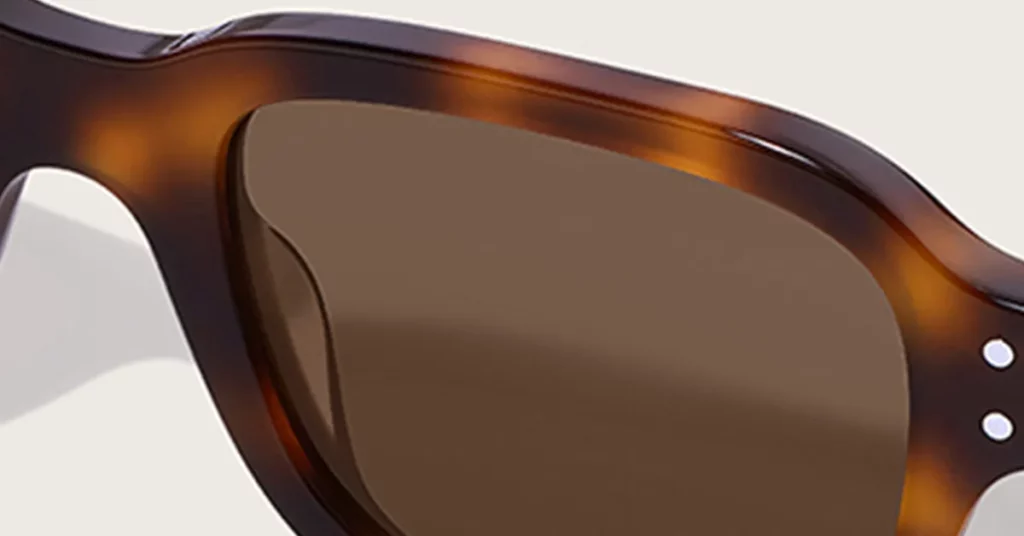
Beyond Aesthetics: A Critical Brand Decision
Your acetate pattern selection is a fundamental brand strategy tool. Every choice communicates specific values, attracts particular customer segments, and positions your brand within the competitive landscape.
From Consumer Style to Professional Strategy
Understanding pattern psychology allows you to make decisions based on strategic brand objectives rather than personal taste. This professional approach ensures your choices reinforce your overall brand narrative.
Most Importantly: Your pattern choice becomes part of your brand’s visual vocabulary. It speaks directly to customer emotions and aspirations before they read a single word of your marketing copy, shaping that crucial first impression.
The Fear of Brand Dissonance
Brand dissonance occurs when your visuals contradict your message. A sophisticated tech company using a playful, colored pattern might undermine its credibility with serious business customers.
Common Mistake: Choosing patterns based on your personal preference rather than your target customer’s aspirations can create a massive disconnect between your brand’s intentions and how the market perceives it.
The Goal of Brand Reinforcement
Strategic pattern selection amplifies your brand’s fundamental message. When your patterns align with your brand values, they create powerful reinforcement that builds recognition and loyalty.
For Example: A luxury brand that consistently uses Havana patterns across all its product lines builds powerful recognition for its premium positioning through that visual consistency.
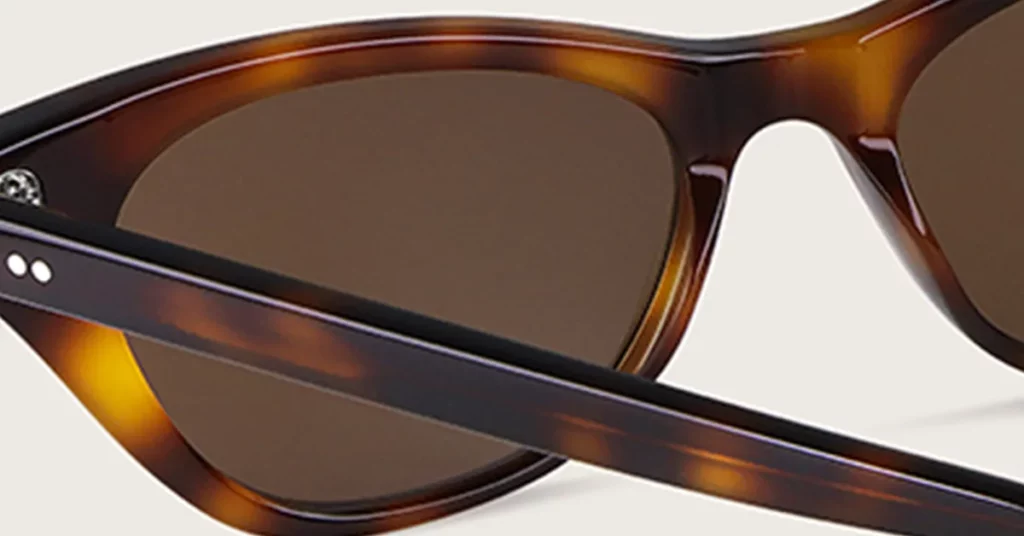
The “Uniqueness Factor”: A Selling Point
The inherent nature of acetate manufacturing creates a natural point of differentiation that smart brands can leverage as a premium value proposition.
No Two Frames are Identical
This is a core fact of the manufacturing process. Because colors and patterns are mixed inside a block, no two acetate sheets are ever the same. This natural variation ensures every single frame possesses a unique character that cannot be replicated.
The Bottom Line: This uniqueness provides authentic differentiation that justifies premium pricing and creates an emotional attachment between a customer and their specific, one-of-a-kind frame.
How to Market This Uniqueness
You must position these manufacturing variations as artisanal features, not production inconsistencies. Educate your customers on the block-casting process to build their appreciation for the craftsmanship involved.
Best Practice: Use language like “individually crafted,” “one-of-a-kind pattern,” and “artisan-made” in your product descriptions to reinforce this premium positioning and justify your price point.
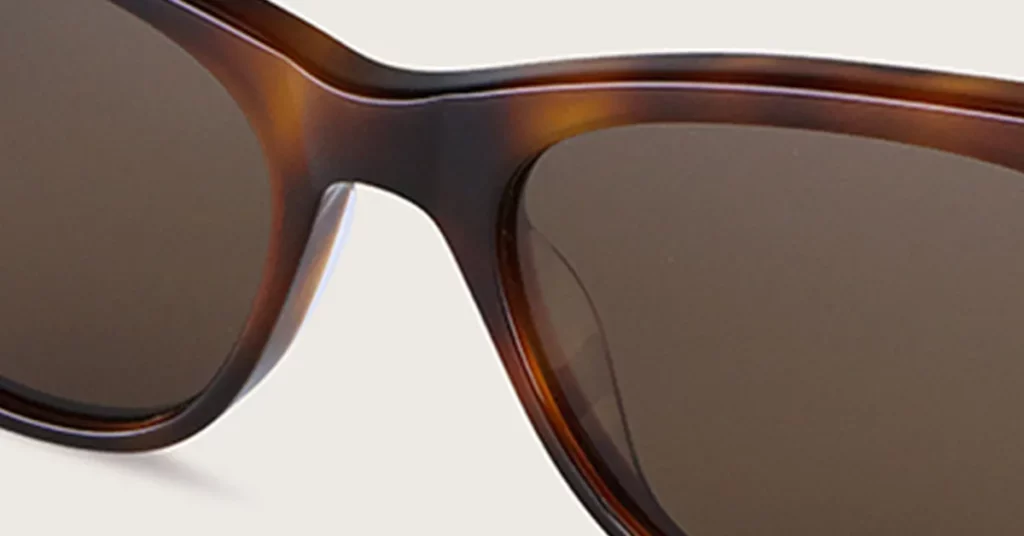
The Strategist’s Matrix: Matching Patterns to Brands
Strategic pattern selection requires a systematic analysis of your brand’s core identity, target customer, and competitive positioning. This matrix provides a structured approach for confident decision-making.
How to Use This Matrix
This process follows a logical sequence that removes guesswork and emotional bias from your pattern selection, ensuring your choices support your long-term brand goals.
- Step 1: Identify Your Brand’s Archetype. Brand archetypes are universal character patterns that create instant emotional recognition. The twelve archetypes include The Creator, The Sage, The Ruler, and The Rebel, among others.
- Step 2: Analyze Your Key Brand Message. Your key brand message is the single most important idea you want customers to associate with your brand. Your pattern choice must reinforce this message.
- Step 3: Select for Strategic Alignment. Analyze your competitors’ pattern choices to identify opportunities for strategic differentiation. Sometimes, the best move is to choose a pattern that clearly distinguishes you from the market leader.
The Pattern-to-Brand Strategy Matrix
This matrix maps specific patterns to strategic brand elements, providing clear guidance for selection based on objective criteria.
| Pattern Name | Core Visual Traits | Key Brand Message | Primary Brand Archetype | Ideal Market Position |
| Classic Tortoiseshell | High-contrast, speckled, warm | Intellectual, Authentic, Creative | The Creator, The Sage, The Everyman | Heritage Craft, Academic Appeal |
| Havana | Soft-blended, two-toned | Sophisticated, Professional | The Ruler, The Magician, The Lover | Modern Luxury, Executive Appeal |
| Tokyo Tortoise | Structured variation, unique | Innovative, Distinctive | The Explorer, The Rebel, The Hero | Trendsetting, Fashion Forward |
| Blue Tortoise | Unexpected color, artistic | Creative, Bold, Artistic | The Creator, The Jester, The Rebel | Creative Industries, Design-Led |
| Pastel Tortoise | Soft colors, approachable | Gentle, Inclusive, Modern | The Innocent, The Caregiver, The Everyman | Wellness, Lifestyle Brands |
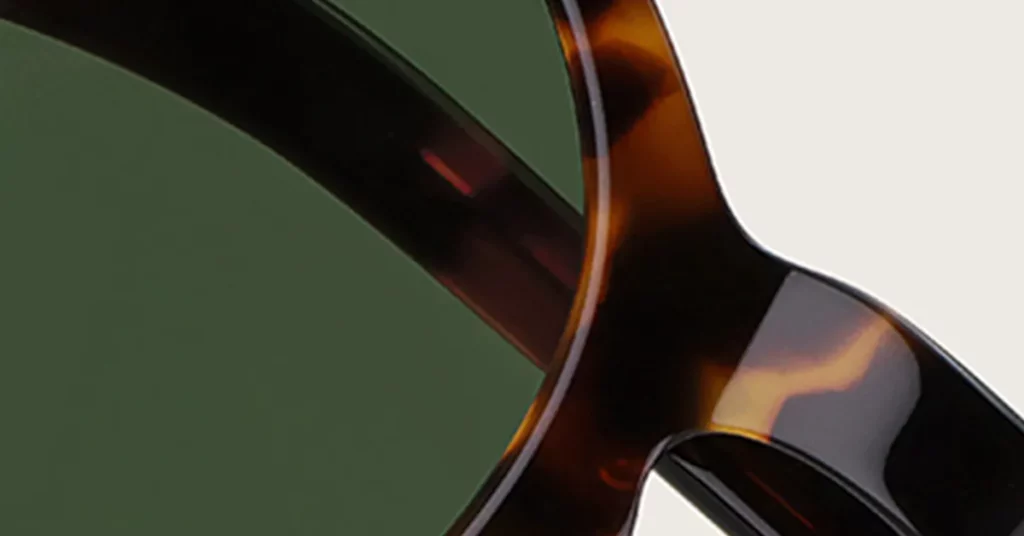
From Art to Object: The Manufacturing Process
Understanding the process behind acetate patterns allows you to communicate authentic quality stories. This knowledge transforms you from a simple buyer into an expert partner who can justify a premium price.
Material Science: The Foundation
The superior qualities of cellulose acetate come from its unique molecular structure. This scientific foundation is the basis for any premium positioning and claims of quality.
Definition: Cellulose acetate is a plant-based polymer derived from natural cotton or wood pulp. This natural origin provides hypoallergenic properties and a clear sustainability advantage over synthetic, petroleum-based alternatives.
The Science of Richness
The critical difference in acetate is embedded color versus a surface-level print. Unlike cheaper frames where color is sprayed on, the colors and patterns in acetate are part of the material itself, creating unmatched depth and richness.
Simple Analogy: Think of it like the difference between a painted piece of wood and a piece of marble. In acetate, the color runs through the entire thickness, so it will never fade or peel over time.
The Block-Casting Process
This traditional manufacturing method creates the unique patterns that cannot be replicated through modern injection molding.
- Step 1: The Artistry. The process begins by combining colored acetate chips, much like an artist preparing a palette. This requires skilled artisans who understand color theory and pattern development.
- Step 2: Fusing the Block. The colored chips are pressed together into a large block under immense pressure and heat. This fuses the materials and creates the random distribution that ensures every pattern is unique.
- Step 3: Slicing the Sheets. The cured block is then sliced into richly patterned sheets. Each slice reveals a completely unique cross-section of the color distribution, ready to be cut into frames.
The Result: Every single frame cut from these sheets is verifiably one-of-a-kind.
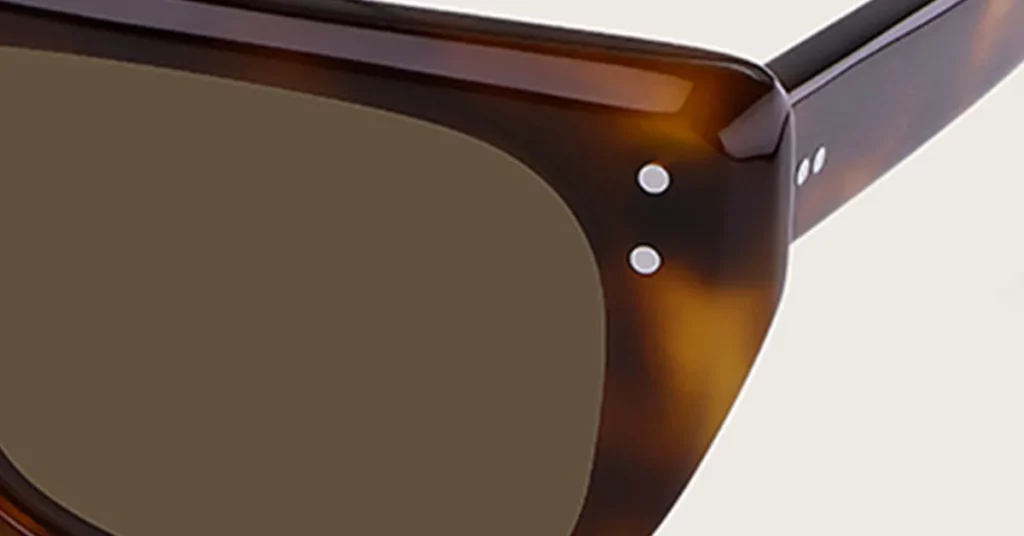
A Pro’s Perspective: Common Pitfalls
Learning from industry mistakes will accelerate your expertise and help you avoid costly errors that could undermine your brand. These lessons come from decades of professional experience.
Mistake #1: Confusing “Havana” and “Tortoiseshell”
Using imprecise terminology in a design brief creates confusion with your manufacturing partners, leading to expensive revisions and delays.
- The Problem: It can lead to samples that are too bold or too subtle for your brand’s identity. A tech brand wanting a subtle look might get a high-contrast pattern that feels completely wrong.
- The Solution: Use precise, industry-standard terminology. “Havana” refers to the soft, two-toned blend, while “tortoiseshell” refers to the high-contrast, multi-toned pattern. Create a visual reference library to ensure clarity.
Mistake #2: Choosing Based on Personal Taste
Your personal preferences can conflict with your brand’s strategic requirements, potentially alienating your target customers.
- The Problem: The founder’s personal style may not match the brand’s audience. A minimalist founder might choose subtle patterns that fail to excite customers who are looking for bold, expressive designs.
- The Solution: Use the Pattern-to-Brand Matrix as your objective tool. It removes personal bias by focusing on strategic criteria like your brand archetype and customer aspirations. Always ask: “Does this pattern serve the brand’s story first?”
Mistake #3: Not Marketing the “Unique Pattern” Story
The manufacturing uniqueness of acetate is a powerful value proposition that many brands fail to communicate.
- The Problem: You miss a key opportunity to justify a premium price. If customers don’t understand what makes your product special, they will make their buying decision based solely on price.
- The Solution: Highlight the “one-of-a-kind” nature of each frame in your product descriptions. Transform the manufacturing reality into an emotional benefit that your customers value and that your competitors cannot easily replicate.
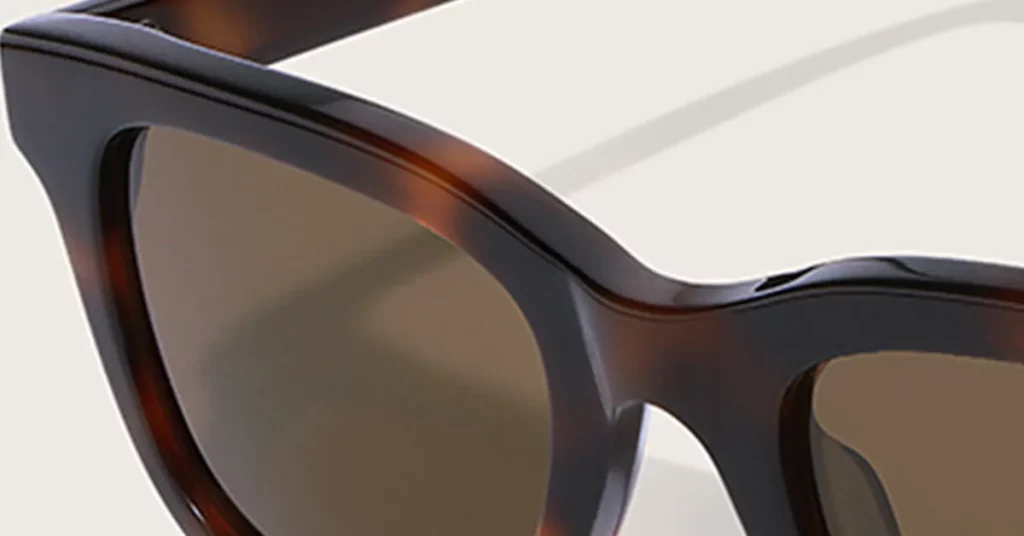
Conclusion
Your choice of an acetate pattern is a strategic brand statement that influences customer perception and your long-term success. Always use the Pattern-to-Brand Matrix as your objective decision-making tool to remove personal bias. Remember to leverage the uniqueness of each frame in your marketing to justify a premium price and build a powerful, lasting connection with your customers.
Frequently Asked Questions
1. Is Havana just a type of tortoiseshell?
Yes, it is best to think of Havana as a specific, more subdued variation within the larger tortoiseshell family, characterized by softer color blends.
2. Why is acetate a premium material for eyewear?
It is a plant-based material that allows for patterns with unique depth, resulting in lightweight, durable, and hypoallergenic frames whose colors will never fade.
3. Are tortoiseshell and Havana patterns still in style?
Absolutely. They are timeless staples in eyewear. They are constantly being reinterpreted by designers but are never considered out of style.
4. Can I order a frame with the exact same pattern I see in a photo?
No. Because of the block-casting manufacturing process, the specific pattern on every single acetate frame is unique, which is a key part of its value.
5. What is the main difference between premium acetate and regular plastic?
Acetate has its pattern embedded through the material, not printed on the surface. It is also stronger, more flexible, and more comfortable against the skin.
